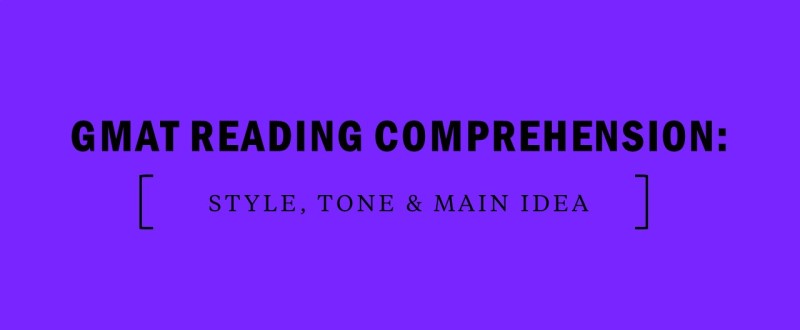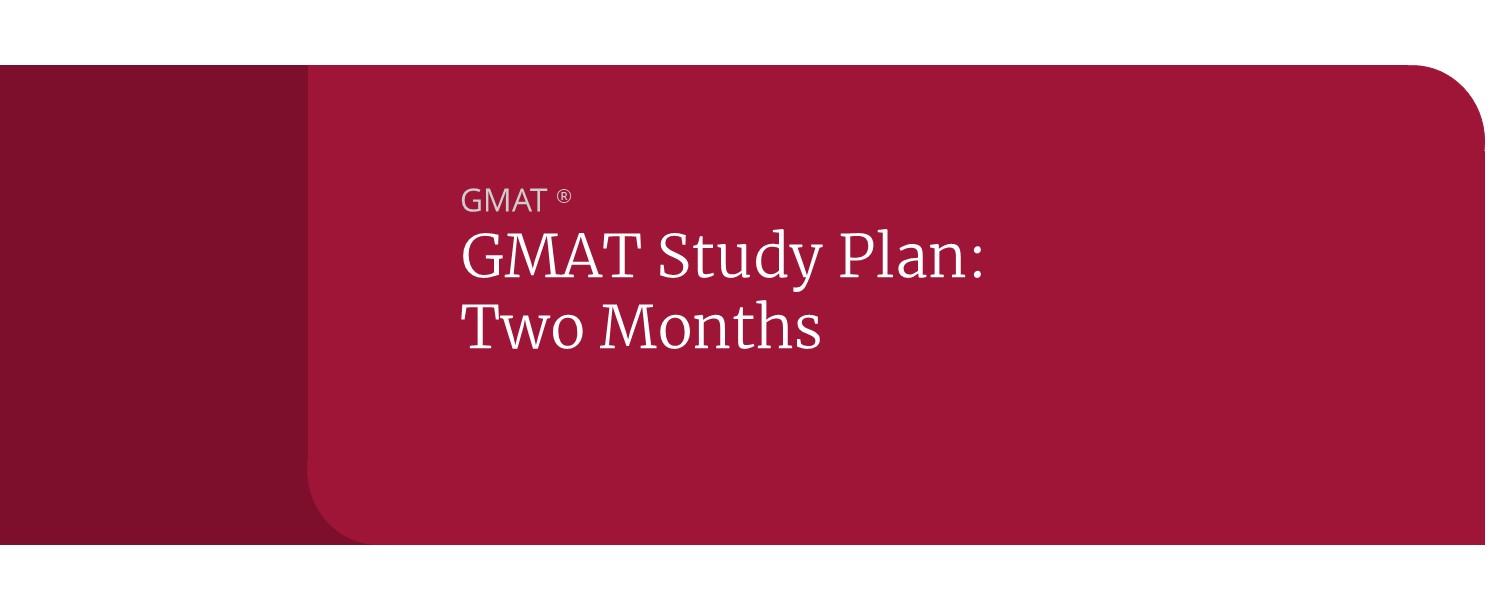GMAT Reading Comprehension: Isolating Key Information
If all of us had an unlimited amount of time to answer reading comprehension questions on the GMAT, then we’d probably all do quite well; after all, the information needed to answer the questions correctly lies in the passage. The time limit on the test means we have to sift through a large amount of information rather quickly. We simply do not have enough time to leisurely read the passage. Rather, an active approach is best.
Before answering the questions, we should be able to isolate the key information in the passage; not only will a big picture understanding of the passage help us with questions concerning the main idea, but they will increase our accuracy on detail questions as well. Below is a sample GMAT passage with the key elements in bold. It should serve as an example of how to isolate the main ideas from a passage:
Now that we’ve bolded the key elements in the passage, let’s try to paraphrase those elements in a numbered outline:
- The Western theory of the political good has two elements: personalism and valuational solipsism.
- Thesis: The value of personalism is in danger of becoming weakened by its close association with valuational solipsism.
- Personalism measures the good of a nation based on the good it brings to the people.
- An excessive devotion to personalism may result in the trap of valuational solipsism, the idea that the individual is the sole judge of value.
- Valuational solipsism is bad because it neglects the social values, like community, that contribute to the political experience, thus obscuring the fundamental qualities of the political good.
Notice that most of the key information comes in the first and third paragraphs. It would be a mistake to characterize this passage as a simple description of two elements of political theory. While the second paragraph is devoted to describing the first element, the rest of the passage tries to explain the reason for—and the unsettling consequences of—the close association between the two elements of political theory. Explaining the relationship between the two is really the purpose of the passage, and we get most of that information in the third paragraph, which is more densely marked up than the second paragraph.




